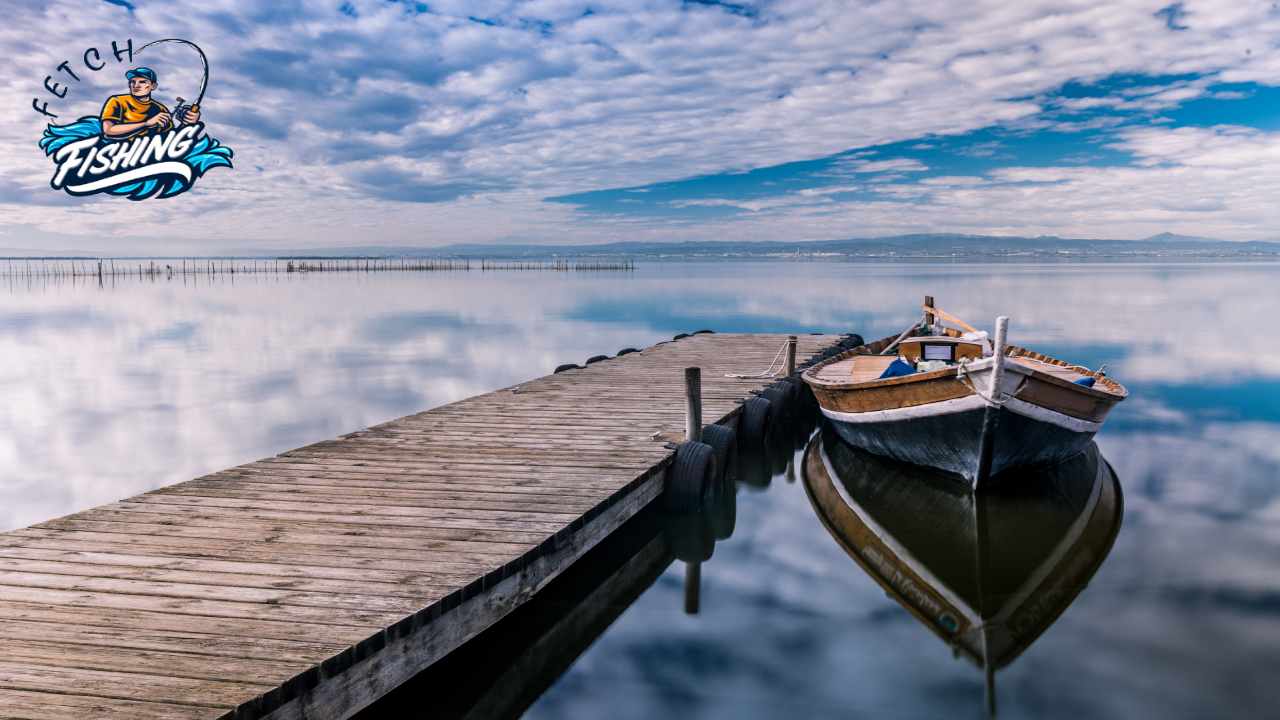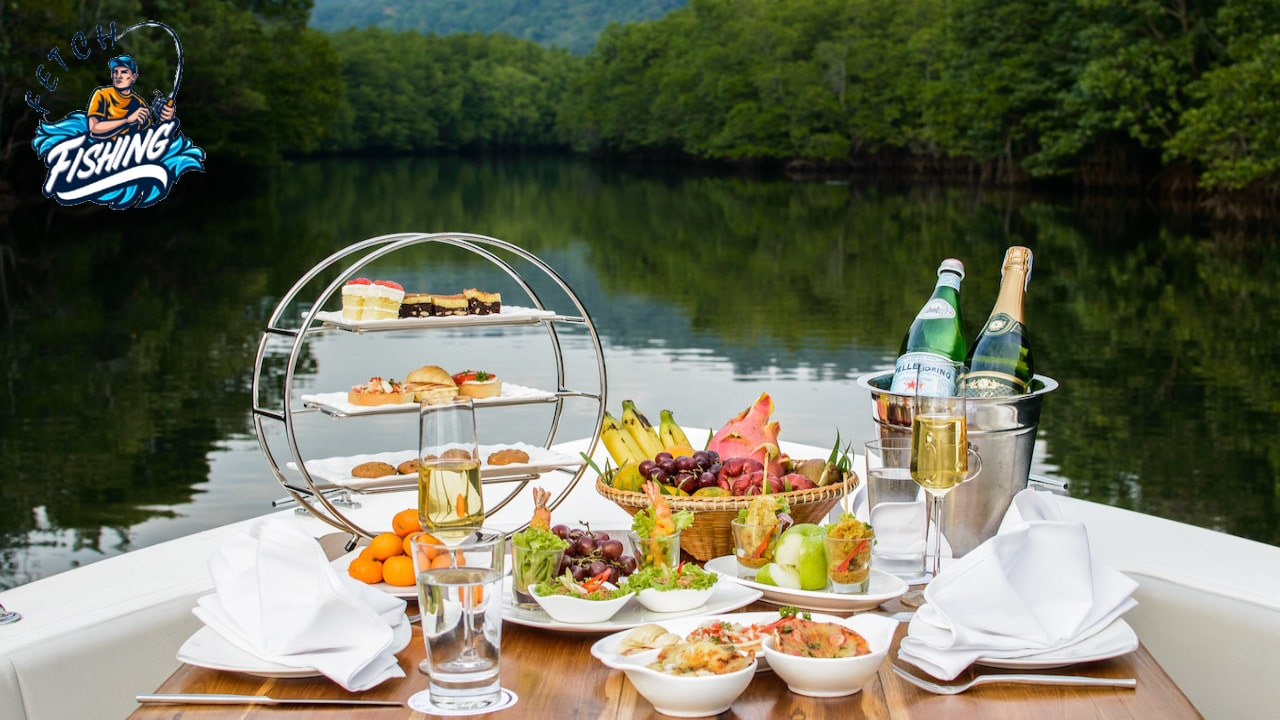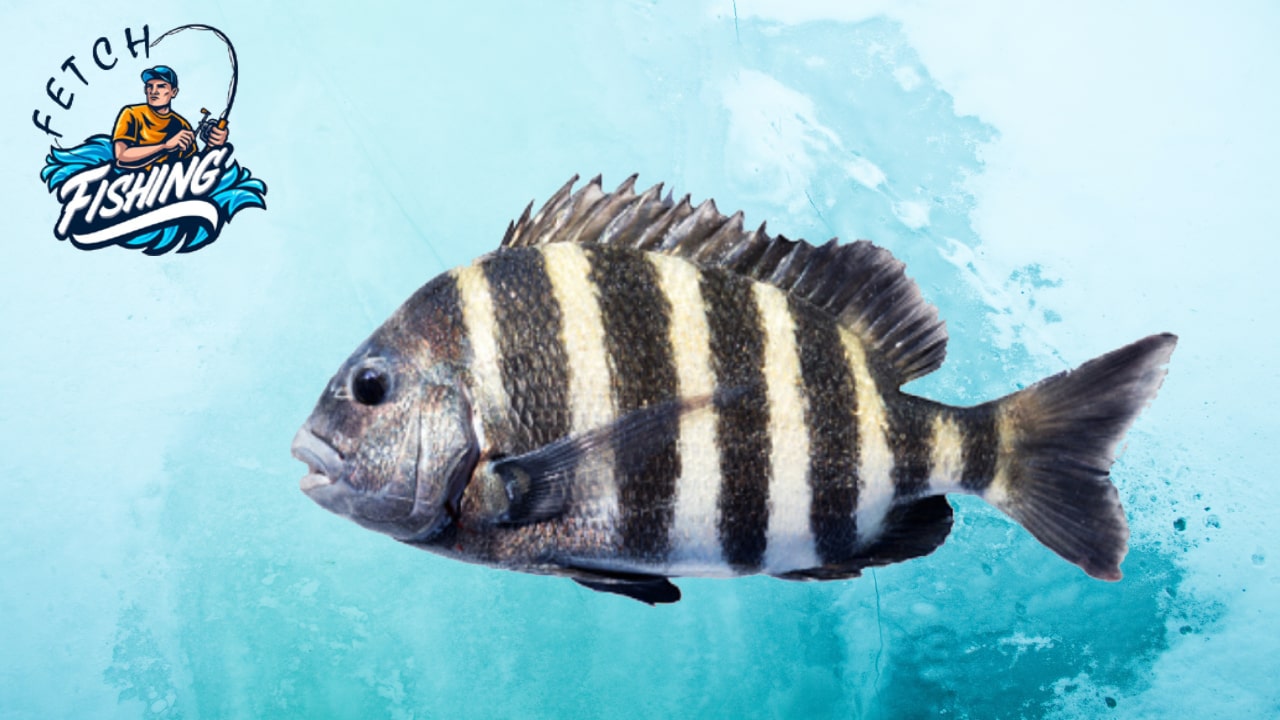
Pier fishing, a popular angling activity, involves fishing from a pier or jetty extending into a body of water. This method offers fishermen a unique opportunity to access deeper waters and reach various fish species that may not be easily targeted from shore.
In this article, we will explore all about pier fishing.
Definition of Pier Fishing Near Me
The definition of pier fishing encompasses the act of casting lines, using fishing rods and reels, from a fixed structure built over water. Piers are typically constructed of wood, concrete, or metal and are strategically positioned in areas known for their abundant fish populations. They offer anglers an advantage by extending beyond the shoreline, allowing them to access deeper water where fish tend to congregate.
The history of pier fishing near me traced back to ancient times when piers were used as commercial structures for trade and transportation. As a by-product of these activities, people started to realize the potential for fishing from these platforms. Over time, pier fishing evolved into a recreational pursuit enjoyed by anglers of all skill levels.
Today, pier fishing has become a cherished pastime and a thriving community activity. It brings together individuals who share a passion for fishing, fostering camaraderie and the exchange of knowledge and techniques. The serene surroundings, the anticipation of a catch, and the joy of reeling in a fish make pier fishing a captivating and rewarding pursuit for anglers worldwide.
How to Select the Right Pier?
When it comes to pier fishing, selecting the right pier can significantly enhance your fishing experience. Several factors need to be considered, including the location, available amenities, and conducting proper research.
Location plays a crucial role in choosing the right pier for fishing. Ideally, you’ll want to find a dock located in an area known for its diverse fish population and productive fishing grounds. Consider factors such as proximity to fish habitats, including reefs, estuaries, or areas with tidal movements. Researching the local fishing reports and consulting with local anglers or bait shops can provide valuable insights into the best locations for pier fishing in your area.
Amenities offered by the pier can greatly contribute to your comfort and convenience during your fishing trips. Look for piers that provide adequate parking facilities, restrooms, and lighting, especially if you plan to fish during early morning or evening hours. Some piers may even offer amenities like cleaning stations, benches, and bait and tackle shops, making your fishing experience more enjoyable and hassle-free.
By carefully selecting the right pier for your fishing adventures, you increase your chances of success and enjoyment. The location, amenities, and research you undertake will help you find a pier that aligns with your fishing preferences and offers optimal opportunities to target various fish species. Remember, choosing the right pier sets the stage for a memorable and fruitful pier fishing experience.
Essential types of equipment for Pier Fishing
When it comes to pier fishing, having the right equipment is essential for a successful and enjoyable experience. Here are the key elements of essential equipment for pier fishing: rods, reels, tackle, and safety gear.
Fishing Rods
Selecting the appropriate fishing rod is crucial for pier fishing. Opt for a medium to heavy-action rod that is sturdy and durable to handle the challenges of fishing from a pier. Longer rods, typically between 7 and 10 feet, allow for longer casting distances and better control when reeling in larger fish.
Reels
Consider using spinning reels or baitcasting reels for pier fishing, depending on your personal preference and experience. Spinning reels are more versatile and user-friendly, making them a popular choice for beginners. Baitcasting reels, on the other hand, offer greater control and accuracy for experienced anglers targeting larger fish species.
Tackle
When it comes to tackling selection, it’s important to have a variety of options to adapt to different fishing conditions. Carry a selection of weights, hooks, lures, and baits suitable for the fish species you’re targeting. Jig heads, live bait rigs, and various artificial lures like spoons, jigs, and swimbaits are commonly used in pier fishing. It’s advisable to have a mix of options to cover different depths and fishing techniques.
Safety Gear
Prioritizing safety while pier fishing is crucial. Always wear a properly fitted life jacket or personal flotation device (PFD) to ensure your safety in case of an accidental fall. Slip-resistant footwear is recommended for secure footing on potentially slippery surfaces. Additionally, carrying a first aid kit, sunscreen, insect repellent, and a hat for sun protection is advisable.
Other Equipment
Alongside the essential equipment, consider carrying additional items such as a fishing net for landing fish, a cooler with ice to keep your catch fresh, a tackle box or bag to organize and store your tackle, and a rod holder or sand spike to secure your rod when not actively fishing.
Techniques and Strategies – pier-specific techniques and adapting to conditions
Mastering specific techniques and adapting to various fishing conditions are crucial for successful pier fishing. Here are some key techniques and strategies to consider:
Pier-Specific Techniques
Casting and Retrieving: Practice accurate casting to reach desired fishing spots. Learn to cast both long distances and shorter distances under the pier to target fish in different areas. Retrieve your bait or lure at varying speeds and depths to entice strikes.
Bottom Fishing: Target bottom-dwelling species by using a bottom rig or Carolina rig. Rig your line with a sinker, followed by a leader and hook. This technique is effective for species like flounder, sheepshead, and snapper, which often feed near the pier’s pilings or on the seafloor.
Float Fishing: Utilize a float or bobber to suspend your bait at a desired depth. This technique is particularly effective for species that feed in the water column, such as mackerel, pompano, and trout. Adjust the float’s depth according to the fish’s behavior and feeding patterns.
Adapting to Fishing Conditions
High Tide vs. Low Tide: Pay attention to tidal movements and their impact on fish behavior. During high tide, fish may move closer to the pier, while low tide may expose structures and provide new fishing opportunities. Adjust your casting distances and target areas accordingly.
Daytime vs. Nighttime Fishing: Different species exhibit varying feeding patterns during different times of the day. Research the behavior of your target species to determine the best time for fishing. Additionally, some species, such as snook or tarpon, maybe more active during low-light conditions like dusk or dawn.
Weather Considerations: Be aware of how weather conditions affect fish activity. On sunny days, fish may seek shelter in shaded areas around the pier, while overcast or rainy days might make fish more active. Wind direction and speed can also influence where fish congregate. Adjust your fishing techniques and locations accordingly.
Observing and adapting to the conditions will greatly improve your chances of success. Pay attention to the behavior of other anglers, seek advice from local fishing communities, and keep a fishing journal to track patterns and successful techniques in different conditions.
Common Fish Species
Pier fishing offers opportunities to target a variety of fish species, both in saltwater and freshwater environments. In saltwater, common species targeted from piers include snook, redfish, flounder, mackerel, and sheepshead. These species are known for their solid fights and delicious table fare. In freshwater, popular species caught from piers may include catfish, bass, and panfish such as crappie or bluegill. Each species has its own preferred habitat and feeding patterns, requiring anglers to adjust their techniques and bait choices accordingly. Exploring the diverse range of fish species available for pier fishing adds excitement and variety to the angling experience.
Tips and Best Practices of Pier Fishing
To maximize your success and enjoyment while pier fishing, it’s important to follow some tips and best practices:
Understand Fish Behaviour
Learn about the feeding patterns, habitats, and behavior of the fish species you’re targeting. This knowledge helps you determine the best time to fish, the right bait to use, and the areas of the pier where fish are likely to be present.
Bait Selection
Choose bait that matches the preferences of your target species. Live bait such as shrimp, squid, or small fish are often effective, but artificial lures like jigs, spoons, or soft plastics can also be successful. Experiment with different baits to see what works best.
Casting Technique
Practice your casting technique to improve accuracy and distance. Be mindful of other anglers nearby and avoid casting over their lines. Casting parallel to the pier or casting under it can often yield better results.
Fishing Etiquette
Show respect for other anglers by giving them enough space and refraining from crossing their lines. Avoid littering and follow any rules or regulations specific to the pier you’re fishing from. Be courteous, patient, and friendly towards fellow anglers.
Patience and Observation
Fishing requires patience, so give yourself time to observe and understand the fishing conditions. Pay attention to the movement of the water, bird activity, and signs of fish feeding to improve your chances of success.
By implementing these tips and best practices, you’ll increase your chances of catching fish and create a positive experience for yourself and fellow anglers. Remember to always be adaptable, as conditions can change throughout the day. Enjoy the process, learn from each fishing trip, and cherish the moments spent on the pier.



